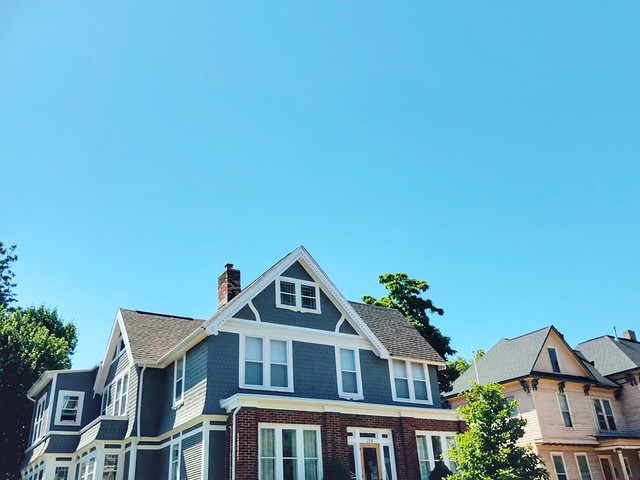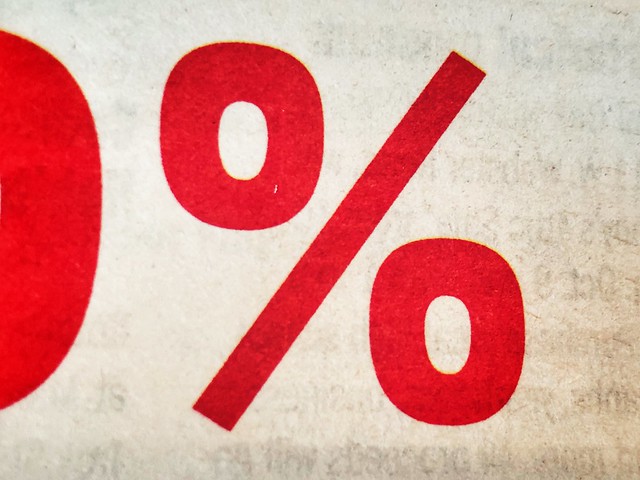The number of homes for sale has recently showed signs of a rebound after hitting historic lows during the pandemic. The additional listings are obviously welcome news for prospective home buyers. But while there have been signs of improvement, listings remain low. In fact, according to one new survey of Realtors, too few homes for sale is still the leading factor holding their clients back from buying a house. In other words, the low supply of homes ranks as an even bigger hurdle than high home prices and the recent spike in mortgage rates. “In the last year, Realtors continued to navigate a challenging housing market and cited the biggest factor holding back the housing market was tight inventory,†Jessica Lautz, NAR’s vice president of demographics and behavioral insights, says. But while conditions have been challenging, buyers have persevered. Last year, for example, 6.12 million existing homes were sold – the most since 2006. (source)













